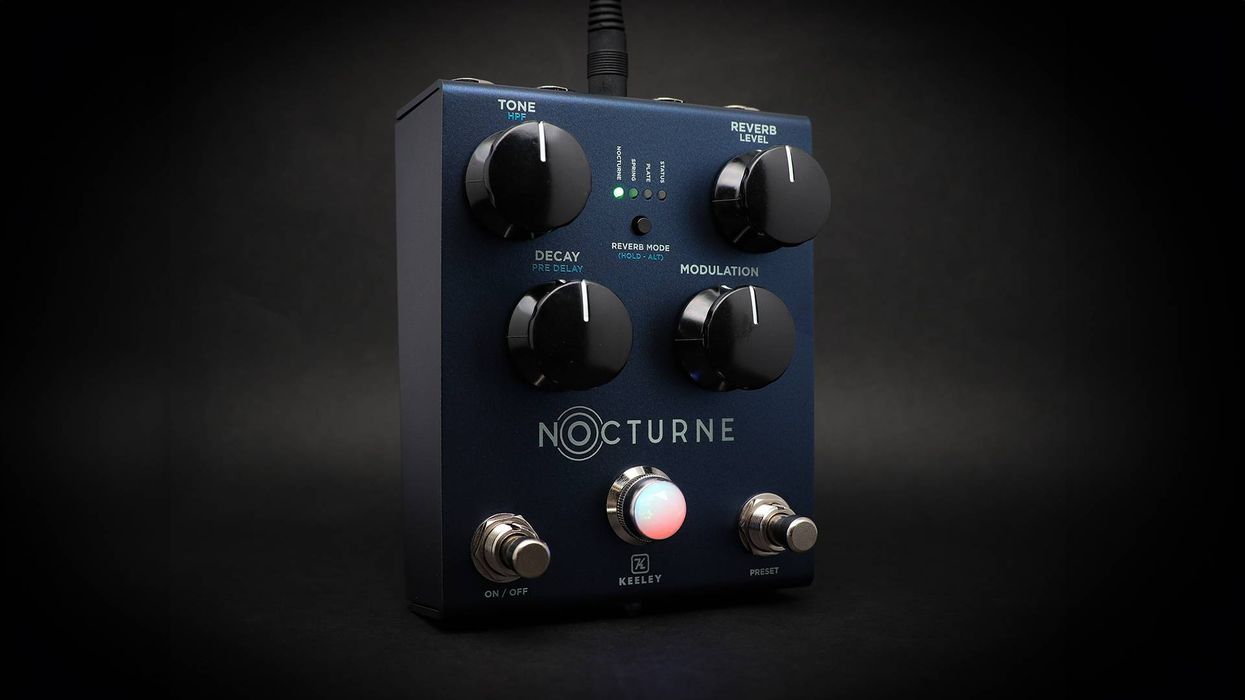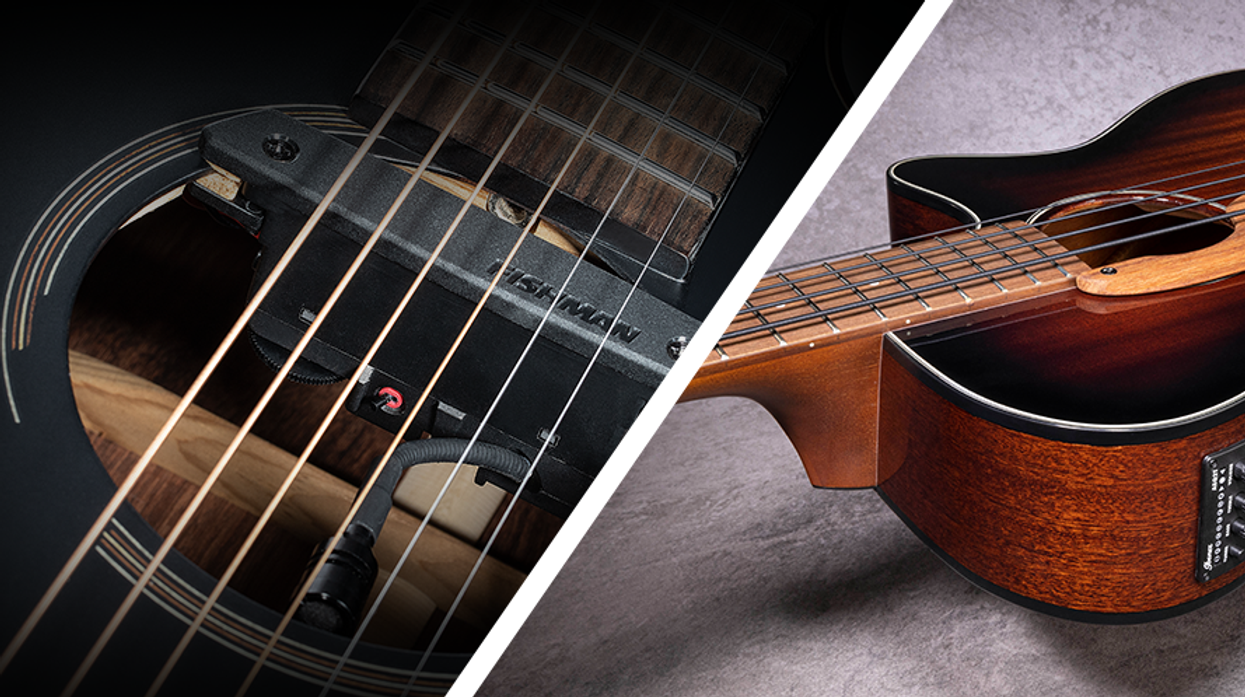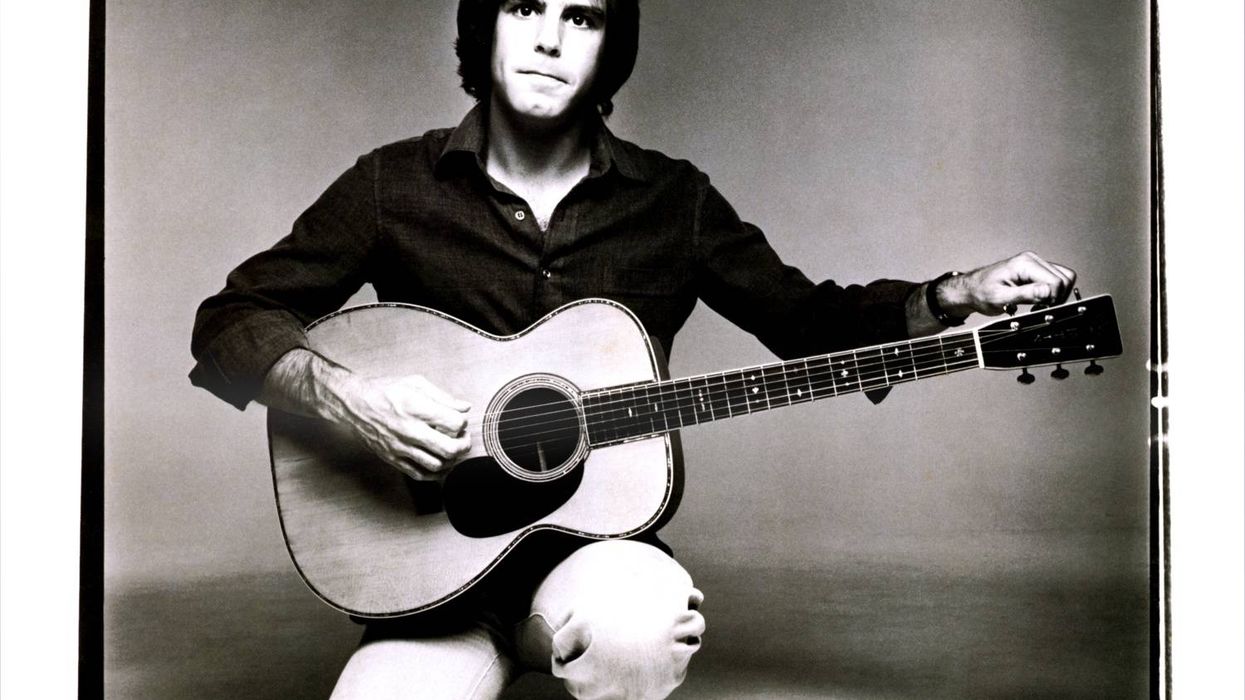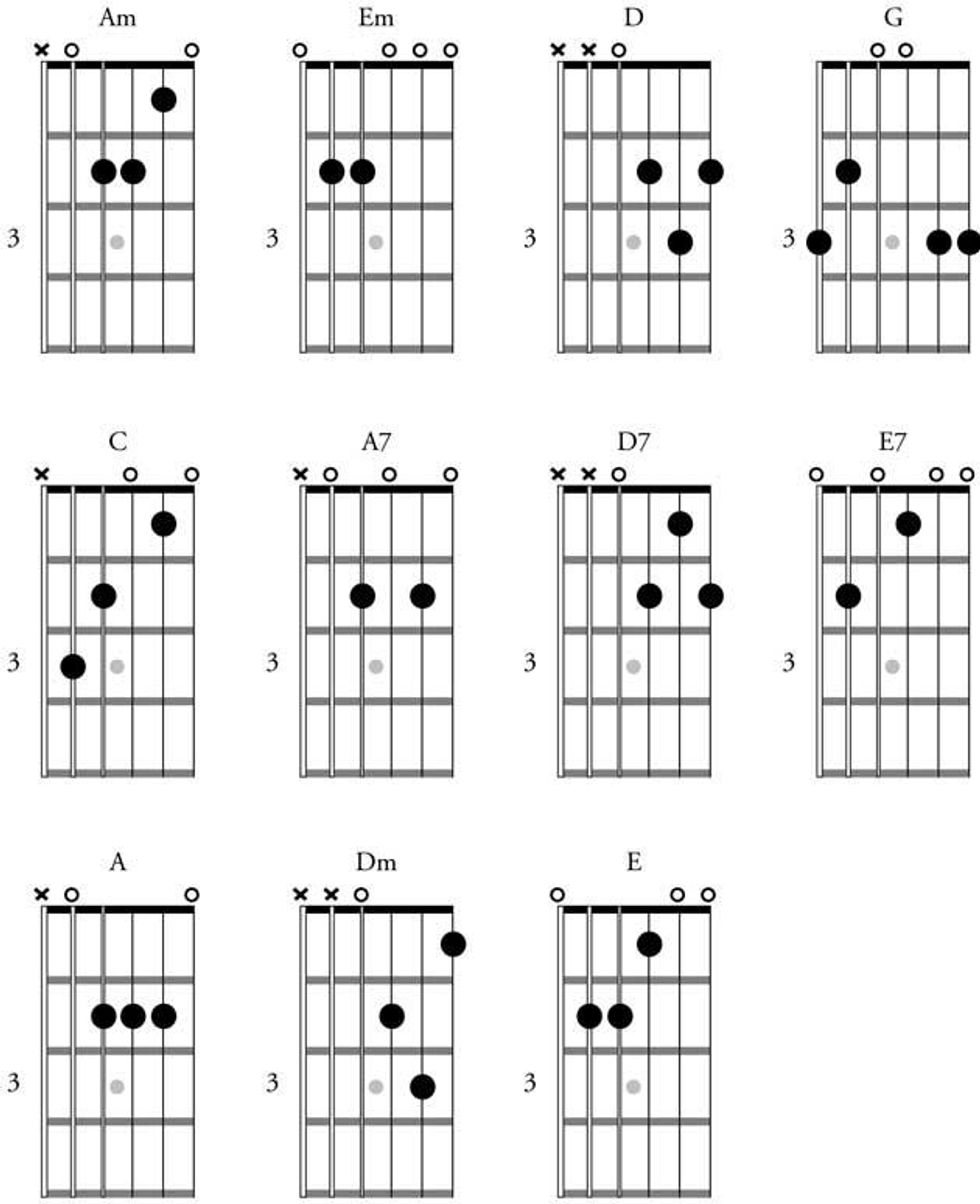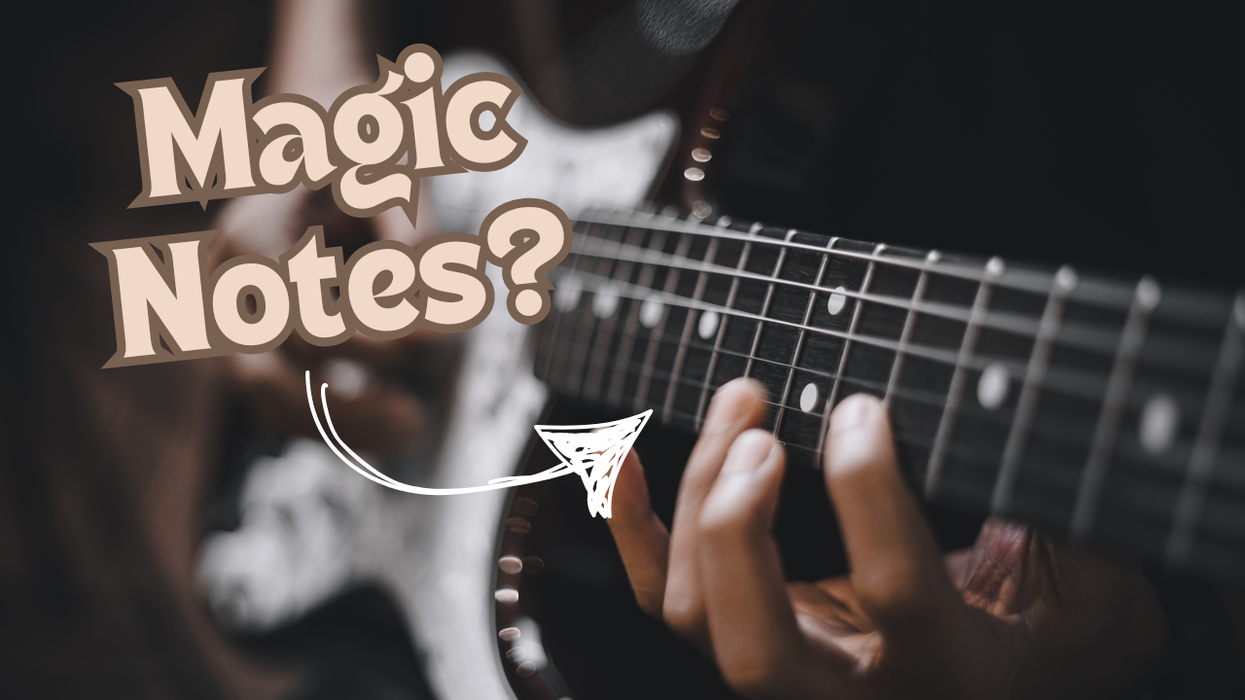Playing different types of harmonics on the guitar produces some “chime-like” tones that, when used in the right context, can give your playing an interesting twist. In this lesson, we are going to take a closer look at playing harmonics and how to incorporate them into a melody.
Harmonics can be produced by either lightly touching an open string on the guitar over a specific fret (described as natural harmonics) or fretting a note and lightly touching the string with the picking hand at a specific fret or node (known as artificial harmonics). Both techniques can also be executed off the fret board, over the sound hole of an acoustic guitar, or over the pickup of an electric guitar. Below is a useful chart of common natural harmonics that can be produced on the open strings. For example, if you place your fret-hand finger over the open third string at the 12th fret, the harmonic will be a G that is one octave above the pitch of the open string.
| Fret | Note |
| 12 | octave tonic |
| 7, 9 | octave + fifth |
| 5, 24 | second octave |
| 4 (3.9), 9, 16 | second octave + third |
| 3.2 | second octave + fifth |
| 2.7 | second octave + minor seventh |
| 2.3 | third octave |
| 2 | third octave + second |
| 1.8 | third octave + third |
This chart can also be beneficial in producing artificial harmonics. By using the distances given in the chart and simply adding said distance (interval) to the origin/fret of the closed (fretted) note, the same results can be achieved.
Initially I would suggest experimenting with the different harmonics in a random fashion to get acquainted with the technique, and develop a sense of the pressure required from the fretting hand fingers to achieve any natural harmonic. The chart proceeds from the easiest frets to produce a harmonic to some of the more difficult, top to bottom. Mix the harmonics together on several strings to create a cascade of chimes and to get comfortable with the technique.
In Figure 1 we try the common pentatonic scale descending, spanning an octave with natural harmonics. Notice the symmetry in the fretting hand finger placement as this will make the execution a bit easier. Download example audio...

In Figure 2 we ascend with the pentatonic, utilizing the same symmetry as Figure 1 for both hands. Download example audio...

In Figure 3 we create the “Westminster Chimes” with natural harmonics. This may or may not be your doorbell tones! Download example audio...

Figure 4 is of my favorite licks using natural harmonics. It’s relatively easy to execute and a common lick for guitar great Eric Clapton. Download example audio...

Finally, Figure 5 is the melody line to “Amazing Grace,” all in natural harmonics. Download example audio...
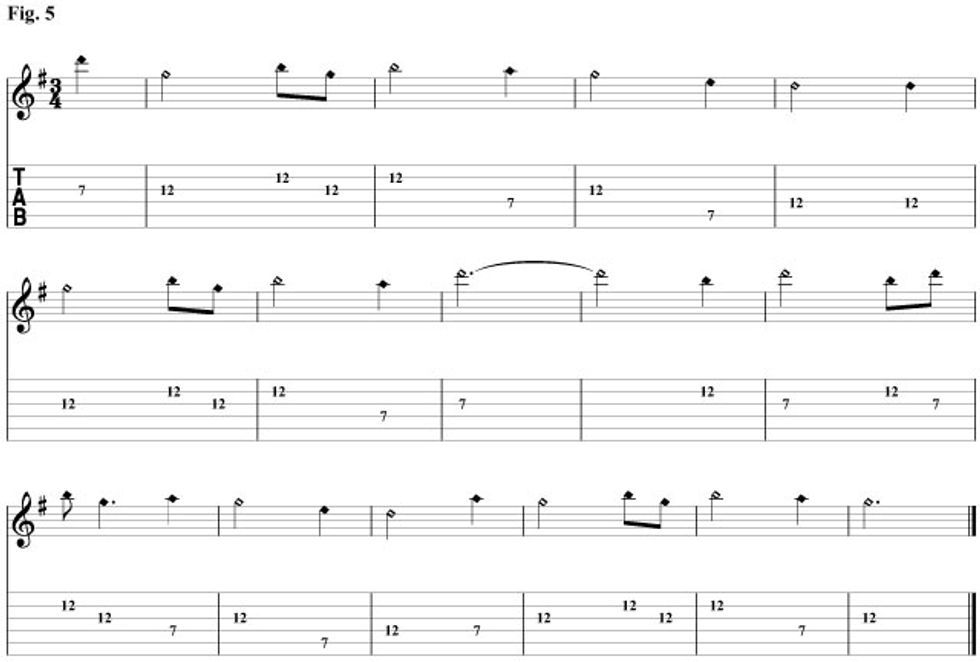




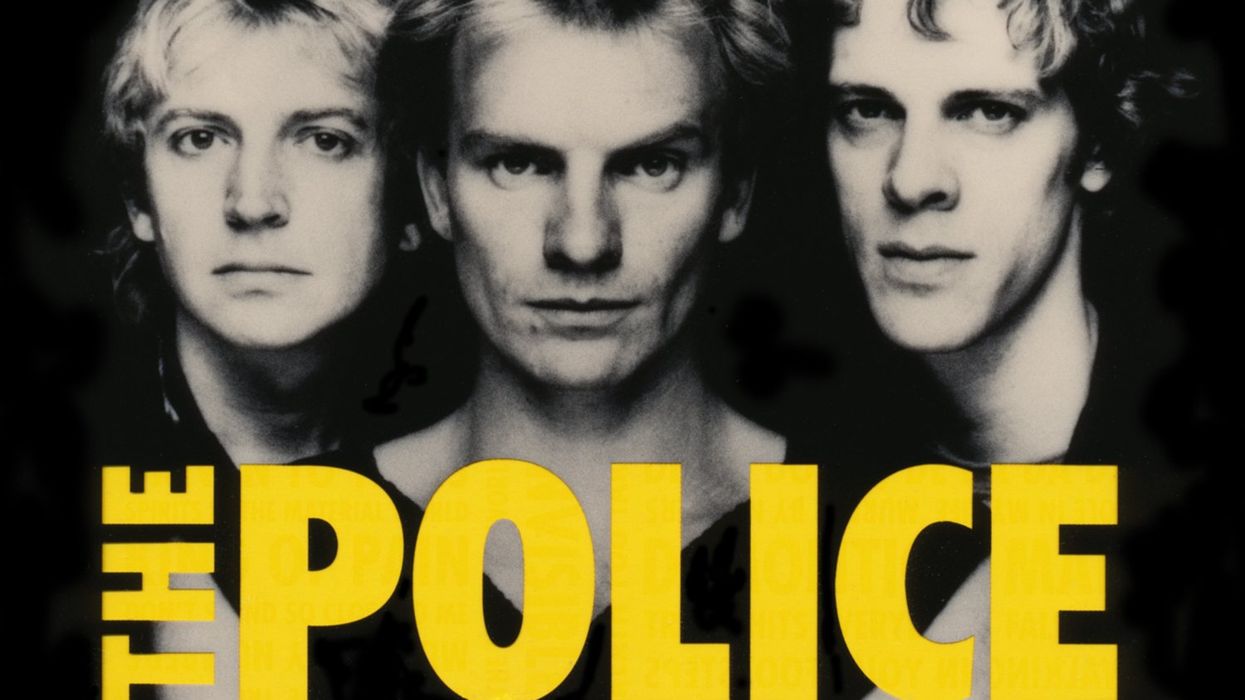
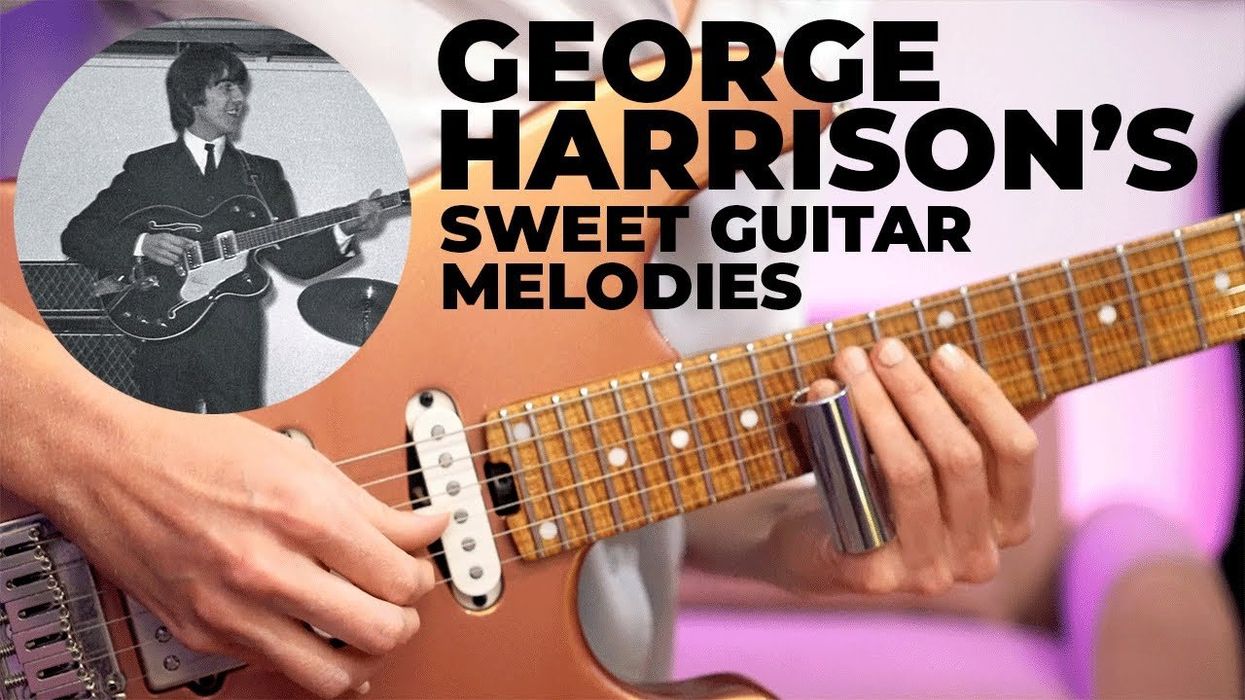


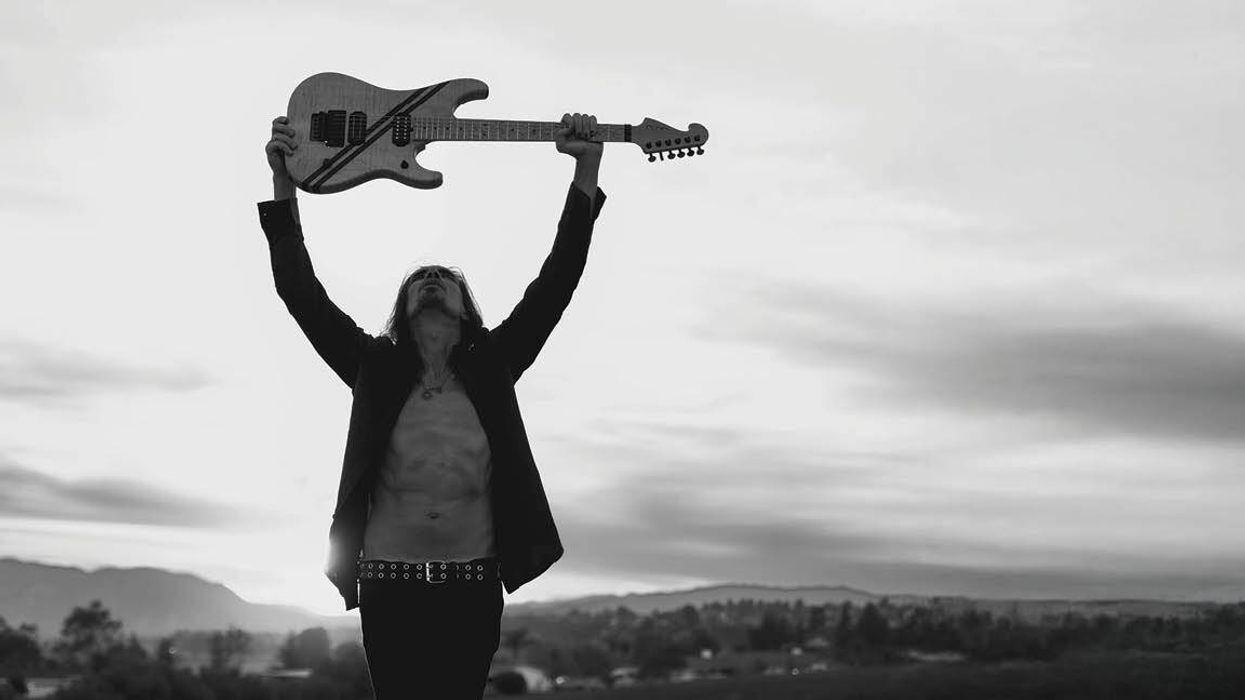
![Rig Rundown: Russian Circles’ Mike Sullivan [2025]](https://www.premierguitar.com/media-library/youtube.jpg?id=62303631&width=1245&height=700&quality=70&coordinates=0%2C0%2C0%2C0)

